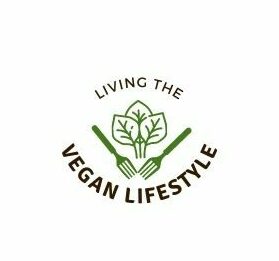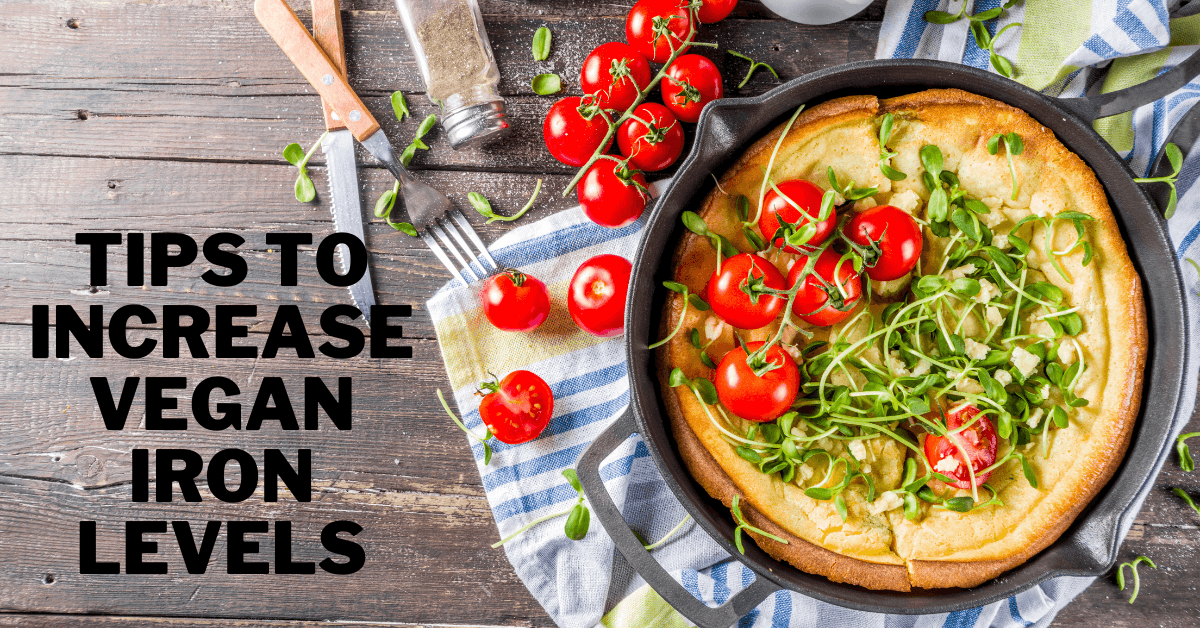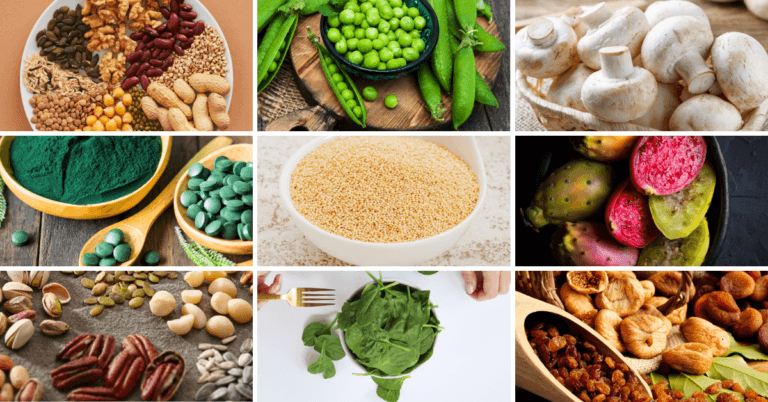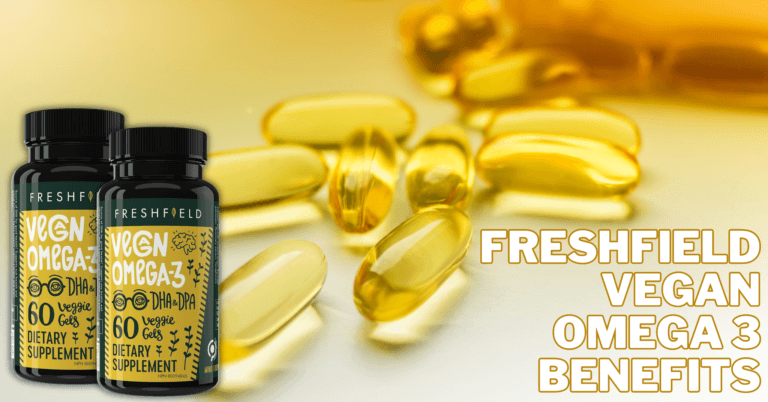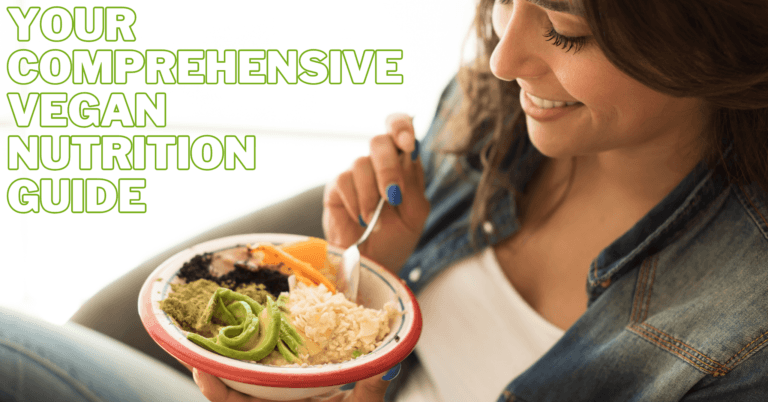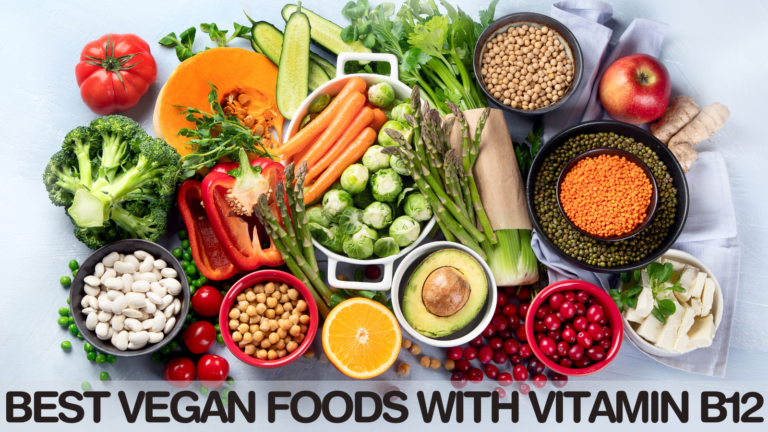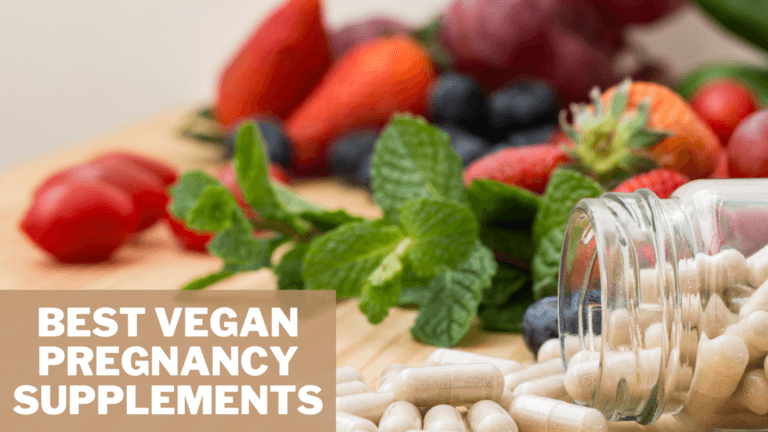Best Tips To Increase Vegan Iron Levels
Best Tips To Increase Vegan Iron Levels
Iron is an essential mineral that is crucial to our overall health and well-being. The absence of heme iron, only found in animal products, makes it occasionally difficult for vegans to maintain proper iron levels.
However, with a thoughtful approach to food choices and a focus on plant-based iron sources, achieving optimal iron levels is possible while thriving on a vegan diet.
This article will explore valuable tips and strategies to help vegans boost their iron intake and ensure they're reaping the full benefits of this vital nutrient.
These insights will enable you to make wise dietary selections and assist your path to optimum iron health, whether you're new to the vegan lifestyle or a seasoned plant-based aficionado.
Importance Of Iron For Vegans
Iron is a critical mineral for vegans, serving numerous vital bodily functions. One of its main functions is helping to produce hemoglobin, a protein in red blood cells that carries oxygen from the lungs to various tissues.
Without sufficient iron, the body's ability to deliver oxygen to cells diminishes, resulting in fatigue, weakness, and reduced overall energy levels.
Iron also plays a central role in supporting the immune system, ensuring proper immune cell function and defence against infections.
For vegans, obtaining adequate iron is particularly important due to the absence of heme iron in animal products.
While plant-based foods provide non-heme iron, it is generally less efficiently absorbed by the body.
Therefore, it becomes crucial to incorporate iron-rich plant foods and optimize their absorption through strategic dietary choices.
Inadequate iron intake can lead to iron deficiency anemia, reduced red blood cell production and compromised oxygen delivery.
Symptoms may include pale skin, dizziness, brittle nails, and difficulty concentrating.
Fortunately, vegans can ensure they meet their iron needs and prevent the risk of deficiency by consciously selecting various iron-rich plant foods, incorporating vitamin C-rich foods to enhance absorption, and maintaining a balanced diet.
Prioritizing iron intake supports physical vitality and overall health and empowers vegans to enjoy the full benefits of their compassionate and health-conscious dietary choices.
Tips To Increase Vegan Iron Levels
The journey of living a vegan diet is one of energetic plant-based flavours, moral decisions, and mindful eating.
Nevertheless, iron is one mineral that needs special attention among the many that plants provide.
Iron, a crucial mineral, supports our body's energy levels, oxygen transport, and general vigour.
Learning how to raise iron levels becomes a crucial part of one's nutritional journey for people who adopt a vegan diet.
Finding inventive and efficient ways to up your iron consumption will help you thrive on all fronts, whether you're a seasoned vegan or just beginning your plant-powered journey.
Here are some practical tips and points to help vegans increase their iron levels:
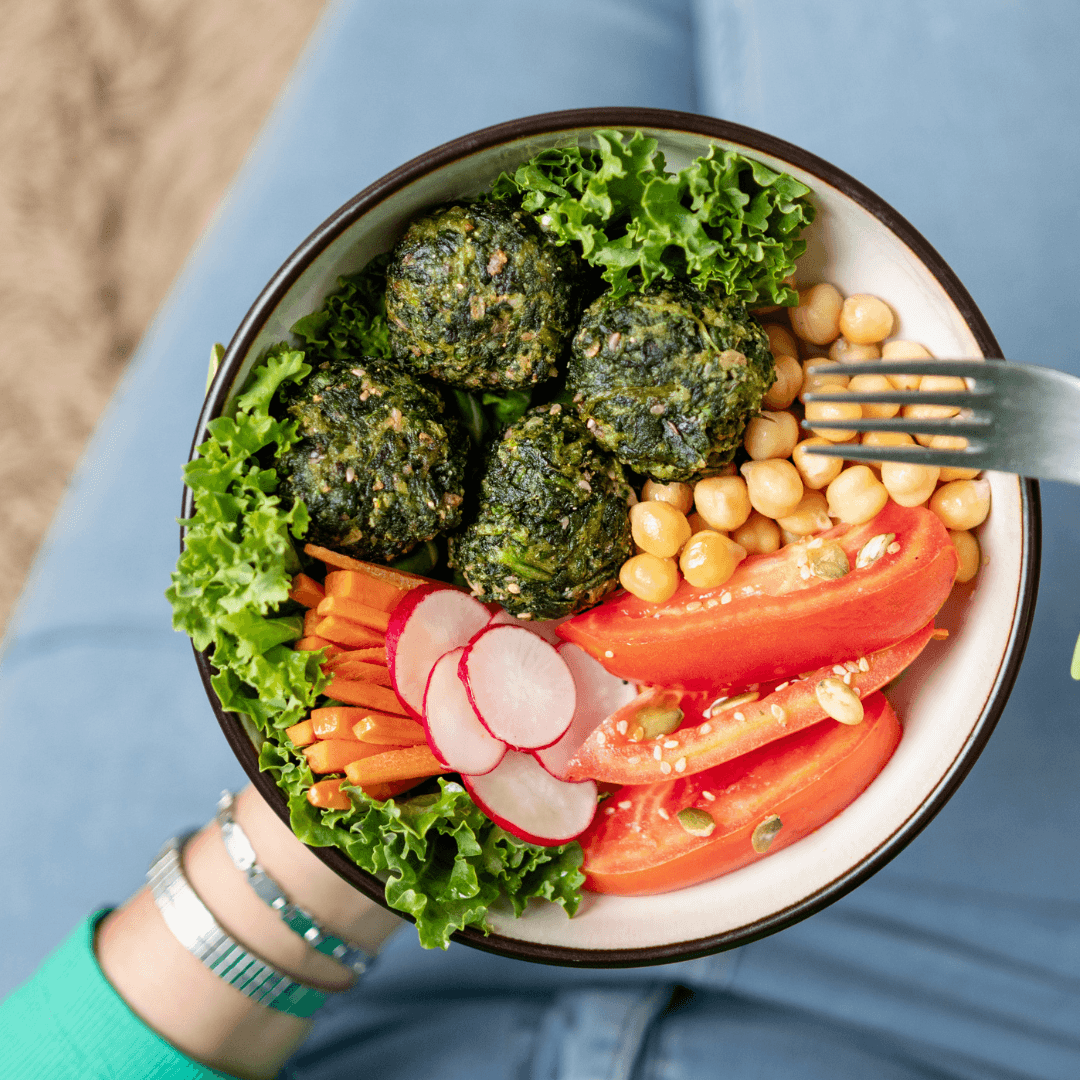
1. Choose Iron-Rich Foods
Elevating your iron levels starts with carefully selecting nutrient-dense plant foods that naturally abound in this essential mineral.
Lentils, chickpeas, beans, and tofu emerge as protein-packed heroes, fueling your body and providing a hearty dose of iron.
Complement your meals with quinoa, a versatile grain that is a complete protein source while delivering notable amounts of iron.
Fortified cereals offer a convenient way to infuse your breakfast routine with this vital mineral.
Pumpkin seeds, prized for their crunch and texture, are also rich in iron, offering a snack that simultaneously nourishes.
Dark leafy greens, like spinach and kale, bring their nutrient prowess to the table, boasting iron content that contributes to your overall well-being.
By curating a plate adorned with these plant-based marvels, you can embrace a nourishing culinary journey and cultivate an iron-rich diet that invigorates your body from within.
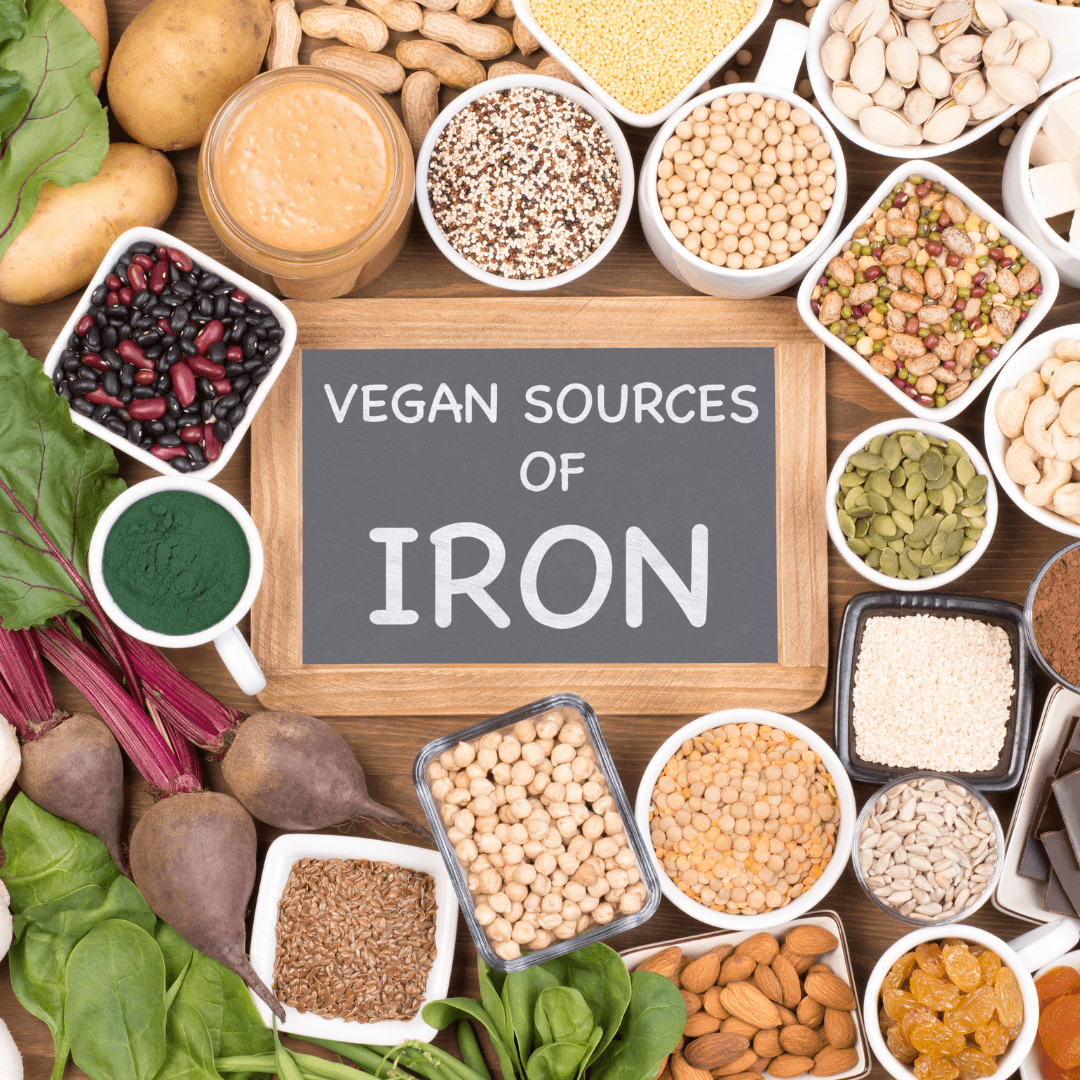
2. Optimize Iron Absorption
Unlocking the full potential of iron absorption lies in pairing. Introducing vitamin C-rich foods to your meals, such as the zesty allure of citrus fruits, the vibrant crunch of bell peppers, and the sweetness of strawberries, is a strategic enhancer for non-heme iron absorption.
Vitamin C forms a dynamic partnership with iron, transforming its absorption efficiency within your body.
Combined, these two nutrients create a powerful duo, ensuring that the iron you consume is utilized to its fullest extent.
These foods bring to your plate as you relish the symphony of flavours. You're also orchestrating a harmonious interaction that benefits your body's iron utilization.
By consciously choosing to marry iron-rich gems with vitamin C-laden delights, you can elevate your meal's taste and your body's iron-absorbing potential, leaving you with a nutritionally symmetrical and thriving feast.
3. Avoid Calcium Interference
In the intricate choreography of nutrient absorption, it's important to be mindful of the interplay between calcium and iron.
Calcium, celebrated for its contribution to strong bones, possesses an intriguing duality when it comes to iron absorption.
While calcium is essential, its presence during iron-rich meals can act as a reluctant dance partner, inhibiting the body's absorption of this vital mineral.
To maintain the harmony of nutrient assimilation, consider spacing out the consumption of calcium-rich foods or supplements from iron-rich meals by a few hours.
Doing so creates a window of opportunity for your body to effectively absorb the iron you've provided, maximizing the nutritional benefits of both minerals.
This thoughtful choreography between calcium and iron ensures that your body receives the nutrients it needs without the complications of interference, orchestrating a symphony of health and well-being.
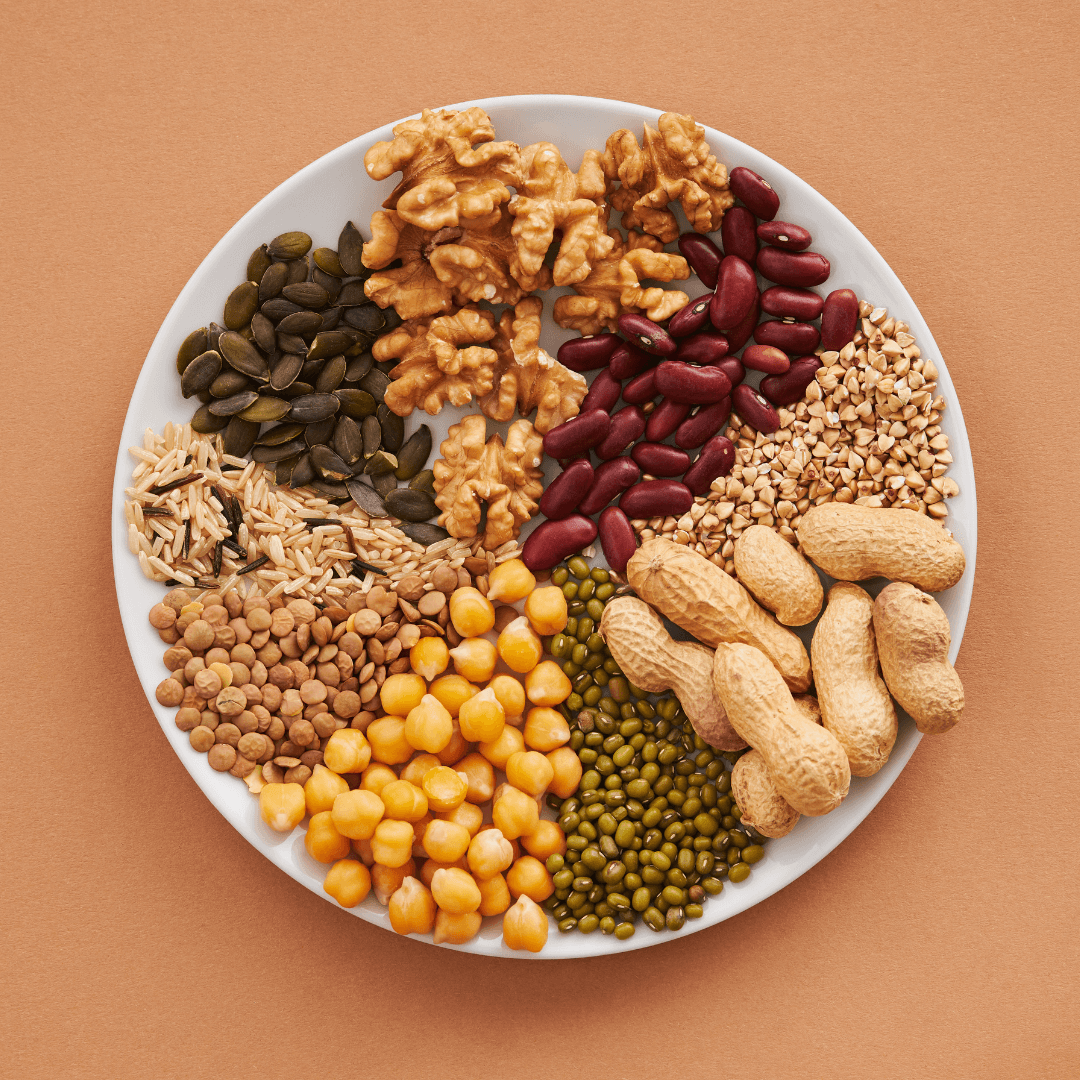
4. Include Nuts And Seeds
Elevating your iron intake can be as delightful as nourishing when you incorporate a handful of nutrient-packed nuts and seeds into your routine.
Almonds, cashews, sunflower seeds, and pumpkin seeds emerge as not just delectable snacks but also as veritable sources of iron.
These tiny powerhouses offer a natural boost of this essential mineral, fortifying your body's vitality.
Beyond iron, these seeds and nuts contribute another benefit with their healthy fat content.
These fats play a pivotal role in supporting various bodily functions, from cellular health to hormone regulation, underscoring the holistic nature of a plant-based diet.
As you snack on these crunchy treasures, you savour their taste and celebrate the ingenious synergy between nutrient-rich foods and your body's well-being.
By incorporating nuts and seeds into your culinary journey, you're crafting a tapestry of flavour, health, and iron-infused energy that resonates throughout your day.
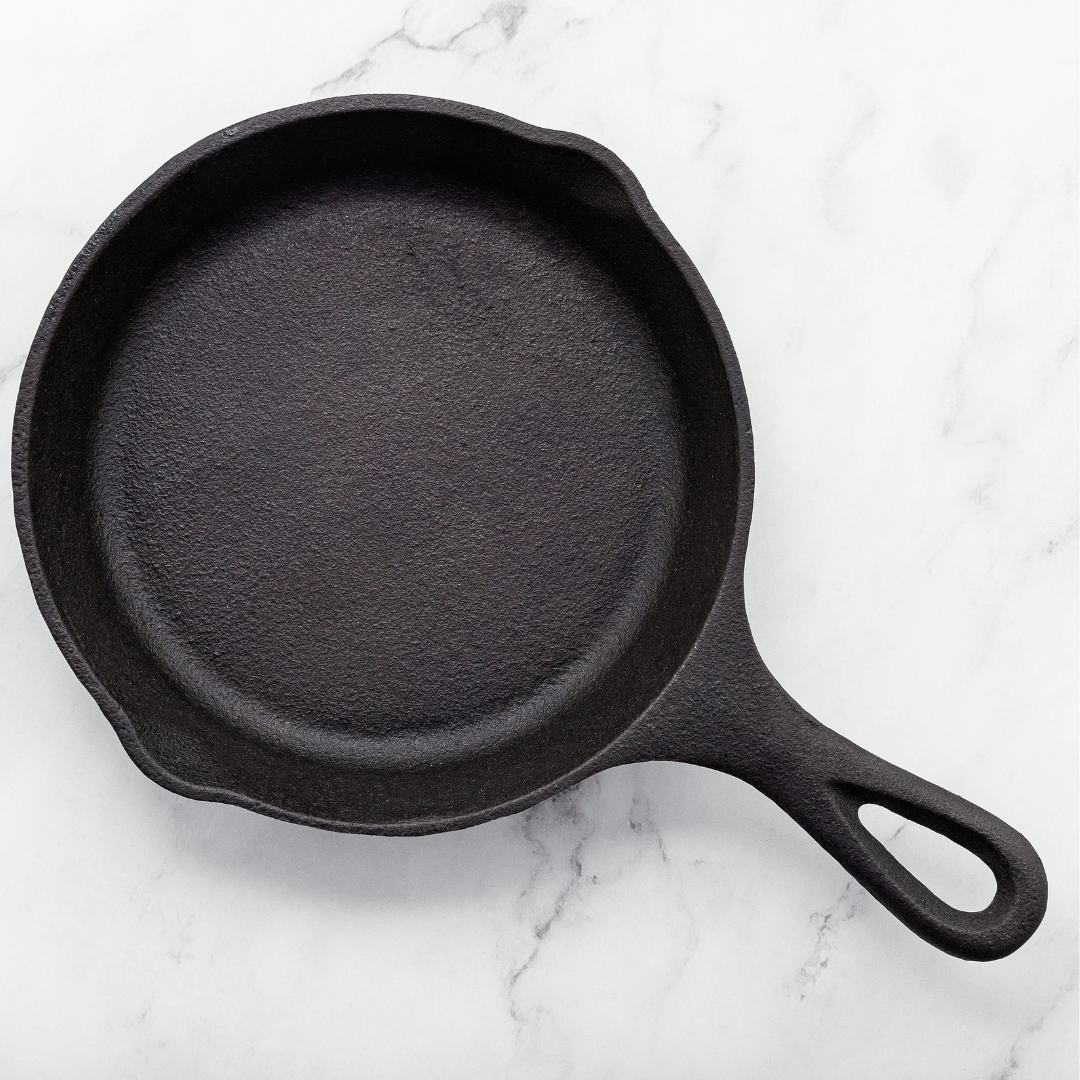
5. Cook In Cast Iron
In the world of culinary magic, the choice of cookware can wield a surprising impact on the nutritional value of your meals.
Enter the venerable cast iron pan, a stalwart companion in the realm of cooking, with an unexpected twist.
Cooking with cast iron pans isn't just about creating delightful sears and flavours. It's also about imparting a subtle but significant iron infusion to your food.
The iron in the pan orchestrates a transfer dance during the cooking process, ingeniously marrying itself with the ingredients and, in turn, potentially elevating the iron content of your dishes.
This culinary alchemy is a boon for those seeking to bolster their iron levels in a naturally occurring way.
By incorporating the age-old art of cooking with cast iron into your culinary endeavours, you're embracing a tradition that enhances the taste and texture of your dishes and weaves in an unassuming yet impactful nutrient contribution that resonates through each savoury bite.

6. Choose Fortified Foods
In the ever-evolving landscape of nutrition, fortified foods stand as beacons of innovation, offering a convenient and strategic avenue for addressing nutrient needs.
Among the myriad options, fortified plant milk, breakfast cereals, and meat alternatives emerge as potent allies to elevate your iron levels.
These products are meticulously enriched with a spectrum of essential nutrients, including iron, to bridge potential nutritional gaps in a plant-based diet.
Fortified plant milk mirrors the calcium content of dairy milk while infusing a welcome dose of iron into your daily intake.
Breakfast cereals, adorned with various flavours, textures, and colours, become not just morning companions but also reservoirs of iron and other key nutrients.
Meanwhile, meat alternatives transform not just delicious substitutes but also reservoirs of nourishment.
By aligning your choices with fortified foods, you're consciously embracing modern nutritional ingenuity while honouring your commitment to a plant-based lifestyle.
The synergy between these products and your dietary goals paints a picture of a harmonious partnership, ensuring that your body receives the nutrients it deserves with every bite.

7. Incorporate Vitamin C-Rich Foods
The symbiotic relationship between nutrition and health often unveils hidden connections that shape our dietary choices.
In this intricate tapestry, vitamin C is a brilliant thread that enhances iron absorption and fosters holistic well-being.
Enriching your culinary landscape with a vibrant array of vitamin C-rich foods like citrus fruits, strawberries, bell peppers, and broccoli, you're amplifying your dishes' flavours and elevating the nutritional potential of each bite.
Adding these colourful heroes infuses your meals with a burst of taste. It bestows you a treasure trove of antioxidants that fortify your immune system and support collagen synthesis for healthy skin, bones, and blood vessels.
As you revel in the tangy sweetness of oranges, the crispness of bell peppers, or the earthiness of broccoli, you're not just savouring the vivid symphony of tastes but also nurturing your body with the dynamic dance of nutrients.
This culinary choreography reinforces your commitment to a plant-based lifestyle while fostering a sense of vitality that radiates from within.
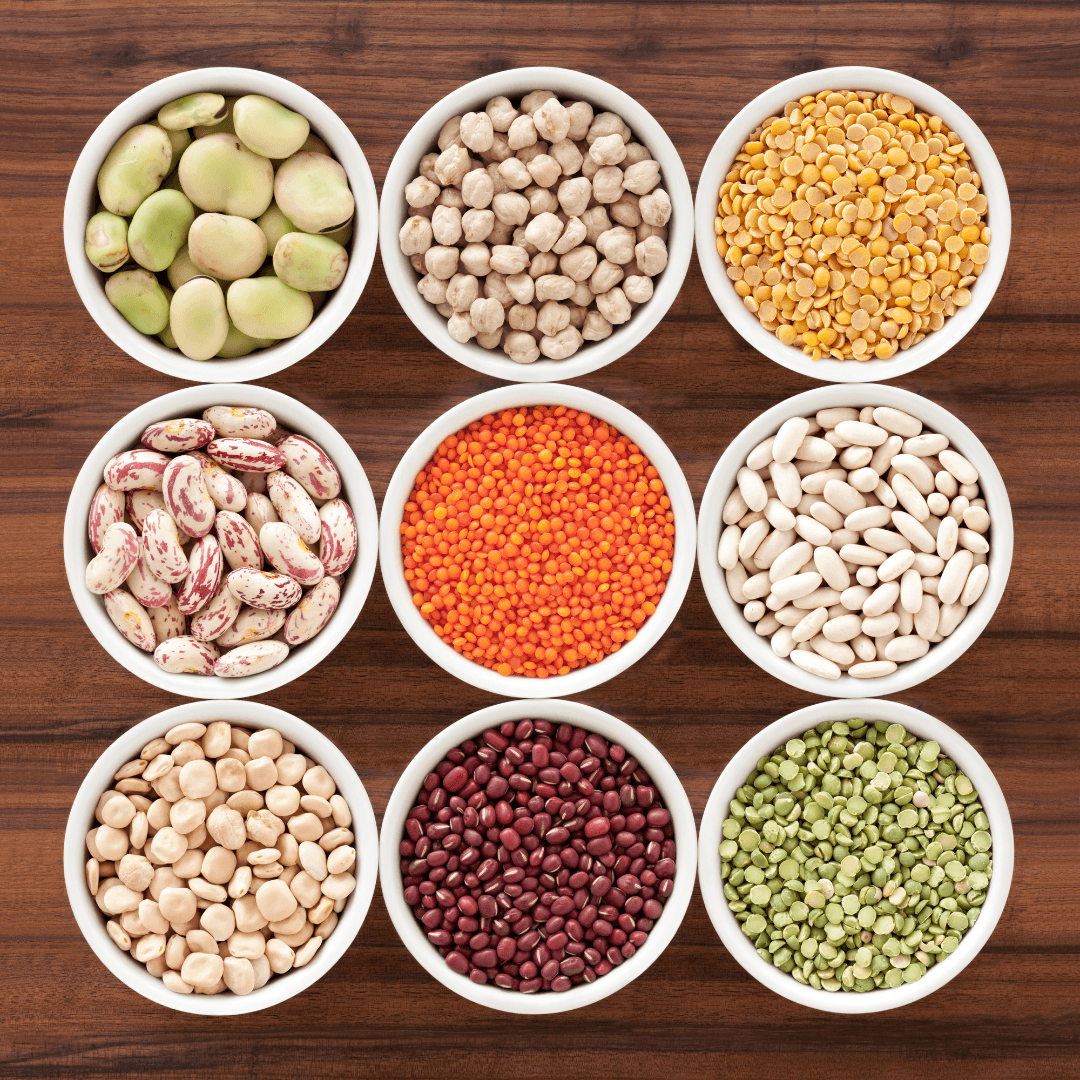
8. Cook Legumes And Grains Properly
In nutrition, the journey from plate to body is often influenced by intricate processes that enhance or hinder nutrient absorption.
Legumes and grains, though brimming with nutritional treasures, can sometimes harbour compounds that impede the absorption of essential minerals like iron.
However, fear not, for the culinary world offers a range of transformative techniques that can elevate iron bioavailability within these wholesome ingredients.
Soaking, sprouting, or fermenting legumes and grains becomes an artful strategy to disarm the compounds that impede iron absorption, rendering the mineral more accessible for your body's assimilation.
These techniques initiate a dance of biochemical changes that unfold as legumes and grains undergo their transformative journey.
As seeds imbibe water during soaking or awaken from their slumber during sprouting, they shed inhibitory compounds, unveiling a newfound vitality and nutrient availability.
Meanwhile, fermentation orchestrates a microbial symphony that harmonizes flavours while ushering in the dawn of bioavailability.
By embracing these culinary techniques, you're not just engaging in gastronomic prowess.
You're participating in the alchemical art of transforming legumes and grains into vessels of nourishment that your body can seamlessly embrace.
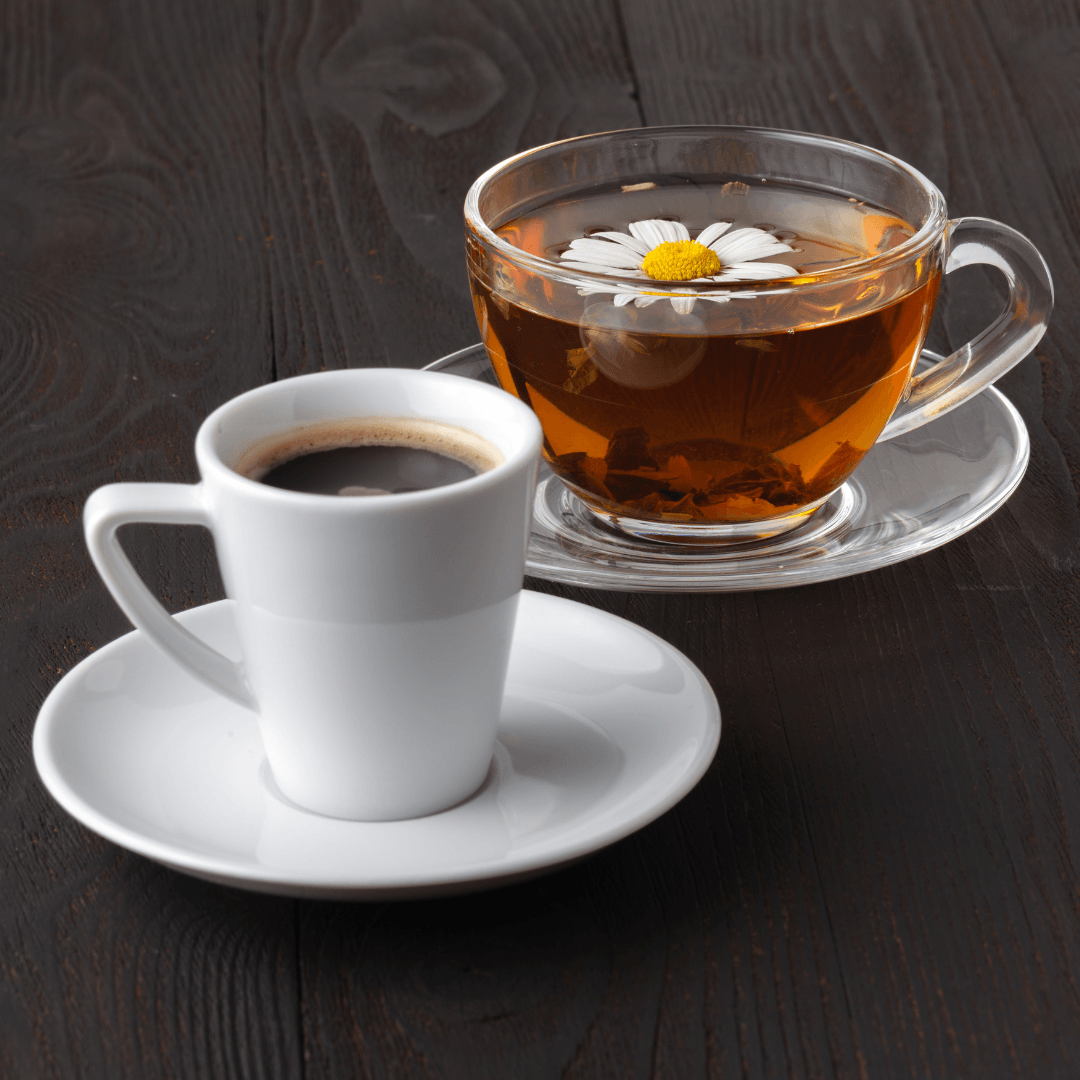
9. Limit Tea And Coffee Consumption
As the morning sun paints the sky with hues of gold and amber, the allure of a comforting cup of tea or coffee often beckons.
Yet, a cautious harmony must be struck within the intricate realm of nutritional interplay.
Tannins, natural compounds found in tea and coffee, wield power to subtly affect the absorption of iron – a vital mineral that fuels your body's intricate functions.
While indulging in the aromatic embrace of your favorite brew, it's worth considering the timing of your sips.
By enjoying tea and coffee between meals rather than alongside iron-rich foods, you create a spatial interlude that prevents tannins from interfering with the absorption of this essential mineral.
The rhythmic symphony of your culinary choices unfolds as you gracefully orchestrate the ebb and flow of nutrients.
With this mindful approach, you're nurturing your body's ability to embrace the iron you offer – a testament to the subtle art of balancing indulgence with nourishment and a reminder that every sip can be a harmonious step on your journey to optimal health.
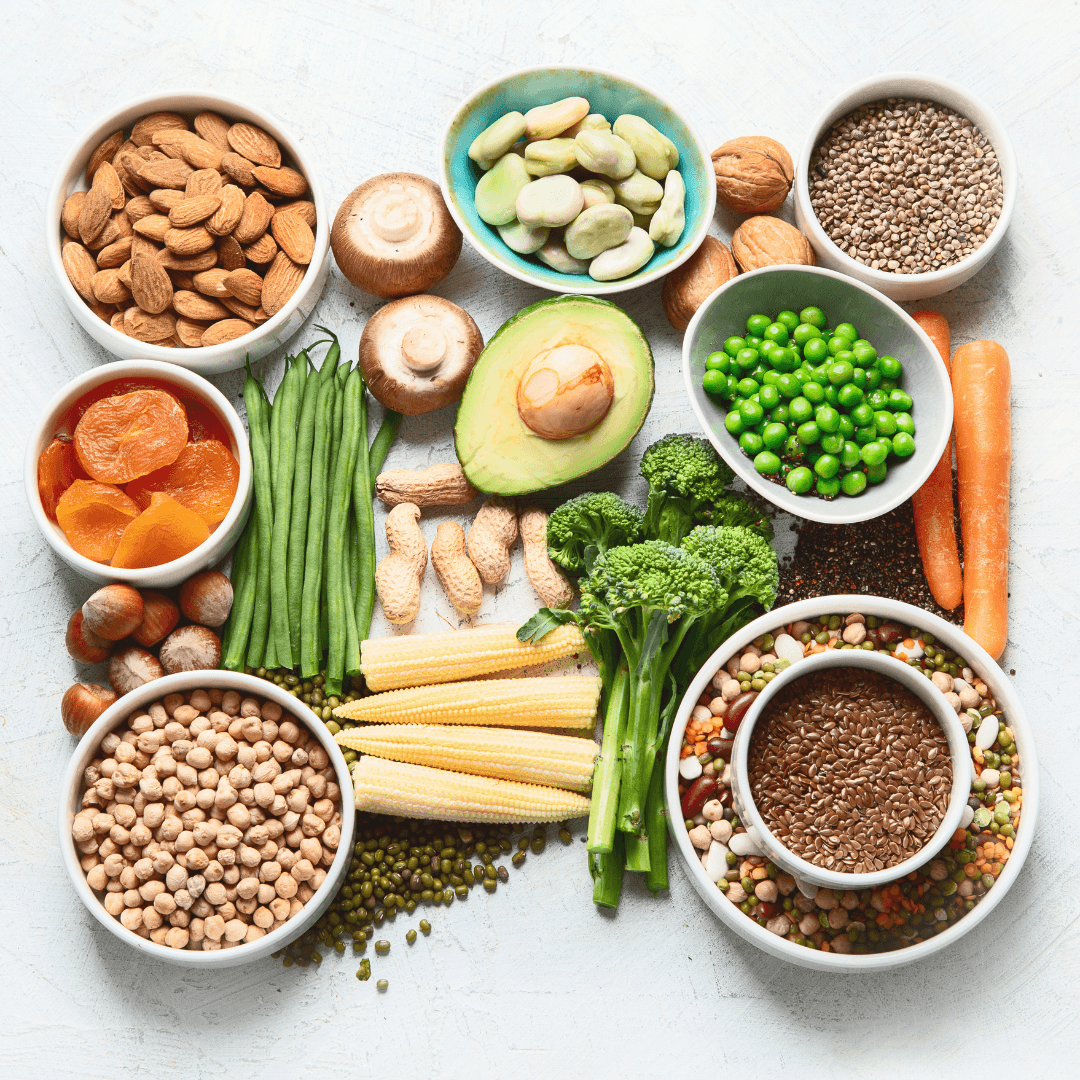
10. Include Plant-Based Protein
In plant-based nutrition, the synergy of nourishment goes beyond individual nutrients, inviting us to explore the intricate interplay between protein and iron.
Tofu, tempeh, and seitan, esteemed members of the plant-based protein ensemble, not only grace your plate with their protein-rich profiles but also bear the gift of iron.
You're simultaneously inviting in a surge of essential nutrients as you savour the delicate textures of tofu, the hearty tempeh's resilience, and the seitan's versatility.
These plant-based protein powerhouses, derived from soy and wheat, carry the captivating embrace of iron, fostering a harmonious relationship between muscle health and vitality.
The symphony of flavours, textures, and nutrients unravels as you relish each bite, bearing witness to the seamless choreography of nourishment.
So, in crafting your culinary symphony, remember that by inviting these plant-based proteins to dance on your plate, you're not only savouring the artistry of taste but also harmonizing the intricate rhythms of protein and iron, enriching your body's narrative of well-being with every delicious mouthful.
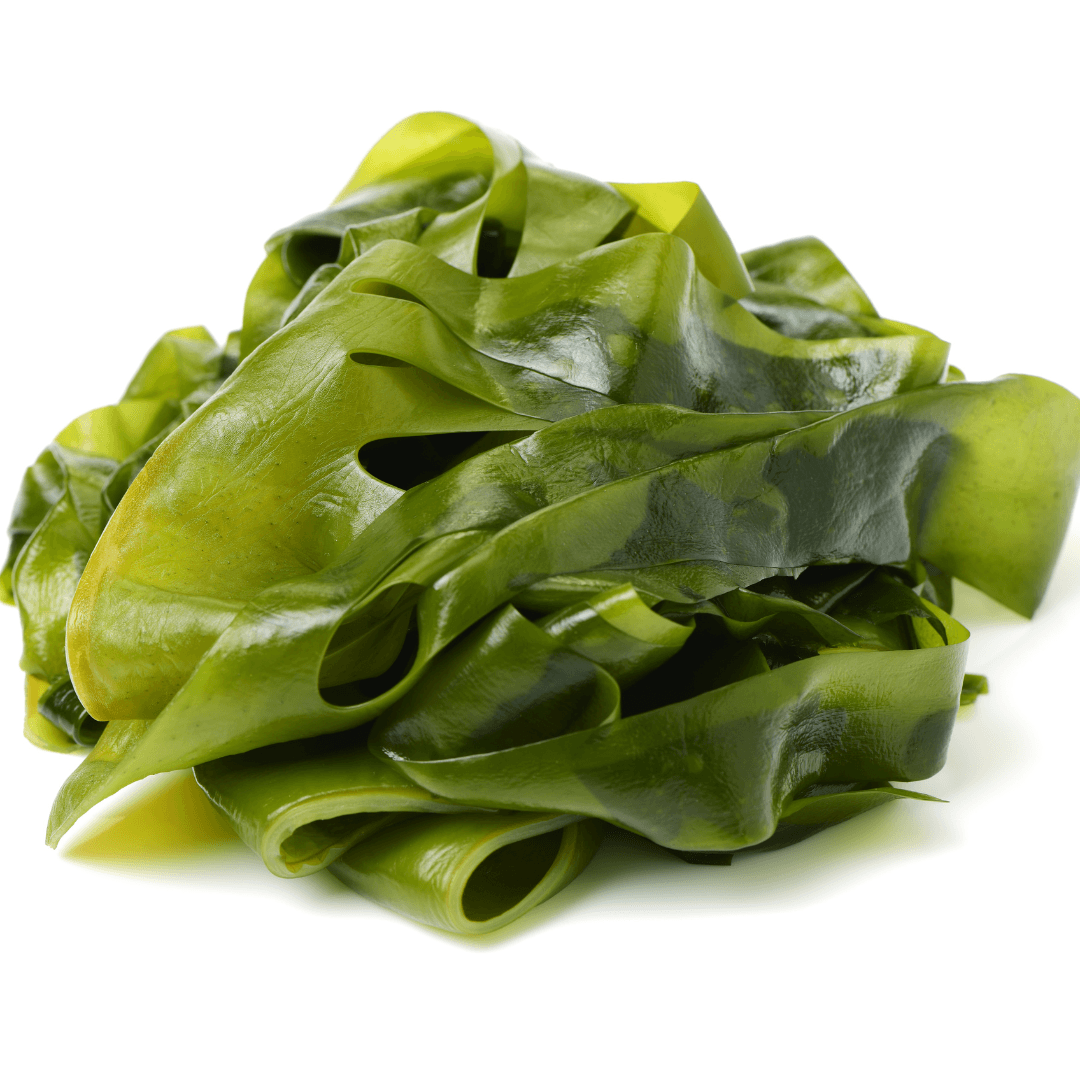
11. Include Seaweed And Algae
As the tides kiss the shore, they bring forth a treasure trove of nature's secrets, embodied in the vibrant seaweed hues and spirulina's microscopic elegance.
These oceanic wonders, often celebrated for contributing to plant-based diets, hold a hidden gem within their intricate fronds.
Nori and spirulina, among others, offer an iron-rich bounty that graces your table with both nutritional prowess and culinary delight.
The delicate nori, wrapped lovingly around sushi, presents an opportunity to infuse your meals with an iron-laden embrace from the depths of the sea.
Meanwhile, the minuscule spirulina, harnessing its rich green pigment, emerges as a nutritional powerhouse, ready to be blended into smoothies or sprinkled onto dishes.
As you embrace these aquatic delights, you're not only experiencing the nuanced symphony of flavours but also indulging in a wellspring of iron that adds depth to your nutritional narrative.
So whether you're savouring the umami of nori or marvelling at the vibrancy of spirulina, you're partaking in an elemental dance that unites land and sea, body and soul, as you embrace the nourishing power of these marine wonders.

12. Limit Processed Foods
In the modern world of convenience, processed foods often emerge as tempting choices, their vibrant packaging and easy preparation promising quick satisfaction.
However, while fortified foods can play a role in meeting nutrient needs, they should be regarded as complements rather than substitutes for the real heroes of nutrition: whole, unprocessed foods.
In their natural state, these whole foods are abundant in a spectrum of vitamins, minerals, fibre, and phytonutrients that contribute to your overall health and well-being.
Whole grains, fresh vegetables, ripe fruits, and legumes straight from the soil carry a vitality that cannot be replicated in a factory.
By prioritizing these foods, you're embracing nature's innate goodness, harnessing the power of their interconnected nutrients to support your body's functions.
Consider it a culinary journey where the kitchen transforms into an alchemical space, turning nature's bounty into nourishment that resonates with your body's harmony.
While fortified foods have their place, remember that the symphony of nutrients in whole, unprocessed foods is a tune that resonates deep within your body, creating a melody of health that is truly unparalleled.
Conclusion
In conclusion, achieving and maintaining adequate iron levels as a vegan involves a delicate balance of mindful choices.
Choosing a colourful array of iron-rich foods, pairing them with vitamin C allies, being mindful of calcium interference, incorporating diverse sources of plant-based protein, and practicing proper cooking are all essential brushstrokes in this health canvas.
And while supplements and fortified foods have their place, they should complement rather than replace the real stars of the show – whole, unprocessed plant foods.
Your body is a vessel of remarkable resilience and adaptability, capable of thriving on a well-constructed vegan diet.
By incorporating these tips into your daily routine, you're empowering yourself to address anemia concerns and harness the benefits of a nutrient-rich, plant-based lifestyle.
Embrace these practices as lifelong companions on your journey to optimal well-being, and may they serve as a testament to your commitment to nourishing your body, mind, and spirit.
I trust you enjoyed reading the article about the Best Tips To Increase Vegan Iron Levels. Please stay tuned. More blog posts will be posted very shortly.
JeannetteZ
>>>Please click here to read my Vegan Travel Guides To World Destinations<<<
>>>Want To Learn How To Create Delicious, Cruelty-Free, Healthy AND 100% Vegan Meals? Try These Awesome Vegan Cooking Courses With A Free 7-DAY MEMBERSHIP<<<
Your Opinion Is Important To Me
Do you have thoughts, ideas, or questions? I would love to hear from you. Please leave me your questions, experiences, and remarks about this article on the Best Tips To Increase Vegan Iron Levels in the comments section below. You can also email me at Jeannette@LivingTheVeganLifestyle.org.
Disclosure
This post may contain affiliate links. I earn from qualifying purchases as an Amazon Associate and other affiliate programs. Please read my full disclosure.
